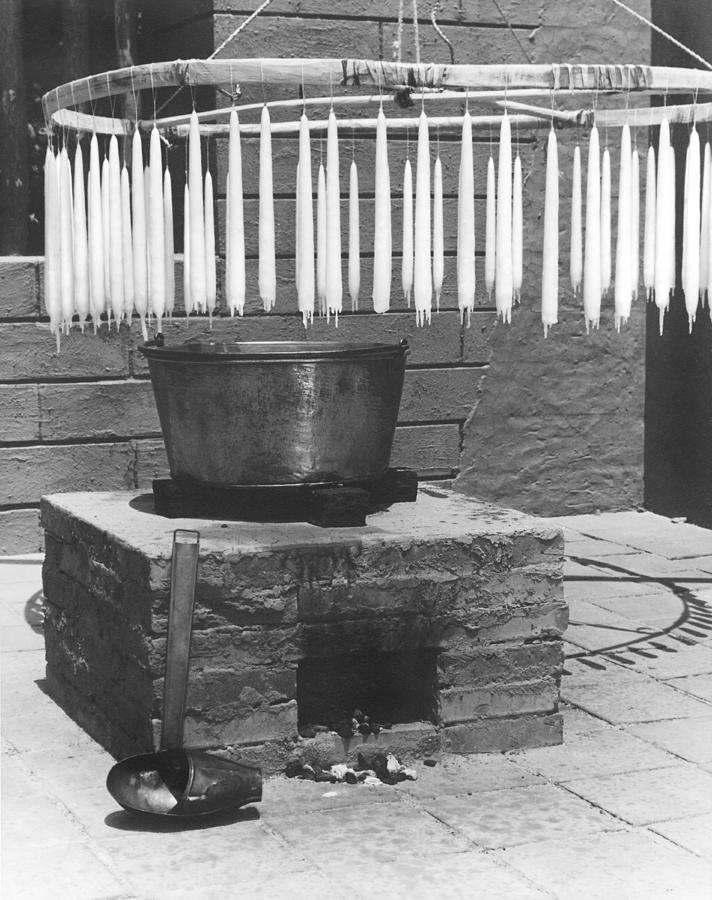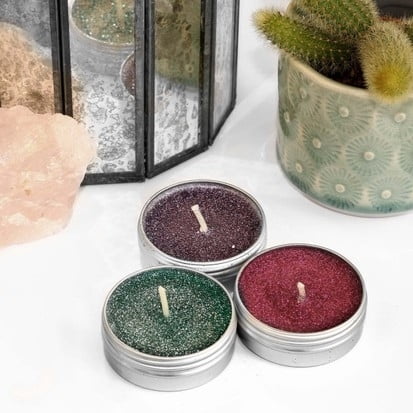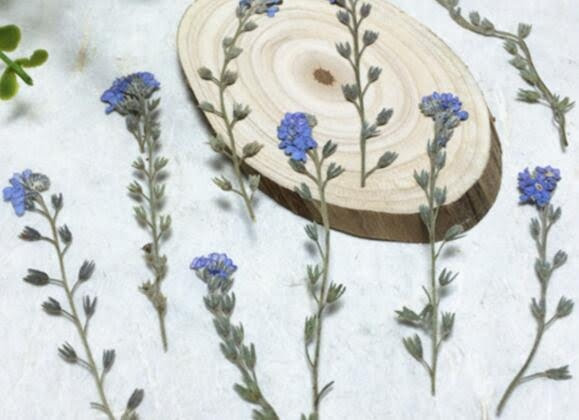During colonial times, candle making was an essential skill for providing light in homes and workplaces. In the absence of electricity, candles were a crucial source of illumination after sunset and were also used for religious ceremonies and social gatherings. The process of making candles during colonial times was both labor-intensive and central to the daily life of colonial communities.
The importance of candle making in colonial times cannot be overstated. Candles provided a means to extend productive hours into the evening, allowing work to continue even after the sun had set. Given the limited resources available, colonists relied on candles as a primary source of light, making candle making one of the most valuable skills possessed by individuals within these early American settlements.
In this article, we will delve into the fascinating world of candle making during colonial times. We will explore the materials and tools used in this craft, the process of making candles from start to finish, as well as the various types of candles produced during this era.
Additionally, we will examine the significant role played by women in candle making and discuss how modern-day techniques have been influenced by colonial methods. Join us on this illuminating journey as we uncover the significance and impact of candle making in colonial life.
The Importance of Candle Making in Colonial Times
Candle making played a crucial role in the daily life of colonial times, as candles were the main source of light after sundown. In the absence of electricity, people relied heavily on candles to illuminate their homes and workspaces. The importance of candle making during this period cannot be overstated, as it directly impacted the quality of life for colonial individuals.
The process of colonial times candle making involved specific materials and tools that were essential for producing high-quality candles. Some of the most commonly used materials included beeswax, tallow (animal fat), and wicks made from cotton or linen. Tools such as molds, dipping frames, and scissors were employed to shape and cut the candles into desired forms and sizes.
The demand for candles in colonial times was so significant that women played a prominent role in candle making within their households. In many cases, women were responsible for not only creating candles but also ensuring that an adequate supply was available for use. This task was often passed down from generation to generation, highlighting the essential nature of candle making in colonial households.
- Beeswax
- Tallow
- Cotton or linen wicks
- Molds
- Dipping frames
- Scissors
Ultimately, candle making in colonial times was not just a practical necessity but also held cultural significance. Candles symbolized warmth and offered a sense of security and comfort within homes. Understanding the importance of candle making provides insight into the resourcefulness and resilience of individuals during this historic period.
- Taper Candles
- Dipped Candles
- Molded Candles
Materials and Tools Used in Colonial Candle Making
Materials Used
In colonial times, candle making was a crucial skill for many households. To make candles, the colonists primarily used tallow, a rendered form of beef or mutton fat. Tallow was readily available and affordable, making it the most common material for candle making. Additionally, beeswax was also used to make candles, although it was more expensive and therefore less commonly utilized.
Tools Used
The tools used in colonial candle making were relatively simple. The most essential tool was the mold, which could be made of wood, metal, or earthenware. Wicking needles were also necessary to weave the wick through the mold and hold it in place while the wax or tallow solidified. Other tools included a pot for melting the tallow or wax, as well as scissors and a knife for cutting and shaping the finished candles.
Importance of Materials and Tools
The materials and tools used in colonial candle making were significant because they determined the quality and availability of candles. Tallow was so widely used because it was easily accessible to the majority of people. The simplicity of the tools ensured that candle making could be done at home by individuals or families without elaborate equipment. These materials and tools were integral to providing light in colonial homes during an era when electricity had not yet been harnessed.
Process of Colonial Candle Making
The process of colonial candle making was a vital aspect of daily life in the colonial times. Candles were necessary for providing light in homes and for various other purposes such as cooking, cleaning, and religious observances. The production of candles was often a communal effort that required specific materials and tools.
In colonial times, the process of making candles involved several steps, which were essential to ensure the quality and functionality of the final product. Some of the key steps in the process of colonial candle making include:
- Gathering materials such as tallow, beeswax, or bayberry wax
- Preparing wicks made from cotton or linen
- Melting the material over a fire
- Dipping or pouring the melted material into molds or around the prepared wicks
- Allowing the candles to cool and harden before trimming them to size
Colonial candle making techniques were labor-intensive and required attention to detail to produce durable and long-lasting candles. The process was typically carried out by women, who played a significant role in ensuring that there were enough candles for household use as well as for trade within the community.
Overall, understanding the process of colonial candle making provides valuable insight into the ingenuity and resourcefulness of early American settlers in creating essential items for daily living. The techniques used during this time continue to influence modern-day candle making methods, with many artisans incorporating traditional practices into their craft.
Role of Women in Candle Making
Women in Colonial America played a crucial role in candle making, as it was considered an essential household chore. During colonial times, candles were a primary source of light and women were responsible for making sure their families had enough candles to last through the long, dark nights.
Women’s Contribution to Candle Making
In colonial households, women were responsible for rendering animal fat or boiling bayberry to create tallow or wax for candle making. This required patience and skill, as well as the ability to carefully monitor the melting process to ensure that the resulting material was of high quality.
The Social and Economic Impact
The task of candle making provided women with a sense of purpose and contributed significantly to their contribution in the economic sphere. Additionally, it allowed them to bond together during communal candle-making sessions, providing an opportunity for social interaction while engaging in this important task. The candles produced also had economic value, as they could be bartered or sold within the community.
Legacy of Women’s Involvement in Candle Making
The skills and knowledge passed down from women during colonial times still carry significance today. Many modern-day candle makers continue to utilize traditional methods that were perfected by colonial women, demonstrating their lasting impact on candle making techniques. The legacy of women’s involvement in candle making during colonial times therefore continues to be felt today, preserving an important part of history.
Types of Candles Made in Colonial Times
In colonial times, candles were an essential source of light for people in their daily lives. They were primarily made from animal fats such as tallow or beeswax. Tallow candles were the most common type of candle used by the majority of colonists, as the process of making them was relatively simple and inexpensive. These candles provided a practical source of light for household chores and activities after dark.
Beeswax candles, on the other hand, were considered a luxury item due to the high cost of beeswax and the labor-intensive process of making these candles. They emitted a pleasant aroma and burned cleaner than tallow candles, making them popular among wealthier colonists and in religious ceremonies.
Colonial candle makers also created specialty candles known as bayberry candles. These were made from the wax coating on bayberries that grew wild along the eastern coast of North America. The production of bayberry candles was time-consuming and required collecting large quantities of bayberries to yield a small amount of wax, making them a rare and prized commodity.
It is fascinating to see how these different types of candles served various purposes in colonial times, reflecting not only the social and economic status but also the resourcefulness and ingenuity of early American settlers in utilizing natural materials for their everyday needs.
| Types | Description |
|---|---|
| Tallow Candles | Made from animal fat, practical for daily use. |
| Beeswax Candles | Luxury item, clean-burning with a pleasant aroma. |
| Bayberry Candles | Specialty item made from wax coating on bayberries, time-consuming production. |
The Significance of Candles in Colonial Life
Given the widespread use of candles in colonial life, the demand for them was high, leading to a thriving candle making industry. In fact, many households produced their own candles using materials such as tallow or beeswax. The process of candle making was time-consuming and required specific tools and materials which often had to be imported.
Moreover women played a vital role in candle making during colonial times. They were responsible for gathering tallow from butchered animals and processing it into a usable form for candle making. It was also common for women to make use of beeswax from their own beehives to create candles. The importance of candles in colonial life cannot be overstated; they provided light during nighttime activities and contributed to the overall productivity and functionality of society at that time.
| Candle Making Materials | Candle Making Tools |
|---|---|
| Tallow or Beeswax | Molds |
| Wicks | Pots for melting wax |
Modern Day Candle Making Techniques Influenced by Colonial Methods
In conclusion, the art of candle making in colonial times was not only a practical necessity but also a significant aspect of daily life. From the material and tools used to the process itself, candle making was a skilled craft that played an essential role in providing light for homes and businesses during this era.
The significance of candles in colonial life cannot be understated, as they were relied upon for both illumination and as a symbol of hospitality and warmth.
Furthermore, the role of women in candle making should not be overlooked, as they were often responsible for producing these essential items for their families. Their expertise and labor contributed greatly to the success and sustainability of candle making in colonial times.
While modern technology has revolutionized many aspects of our lives, it is worth noting that modern day candle making techniques have been influenced by colonial methods. The traditional methods and techniques used in colonial times continue to inspire and influence contemporary candle making processes, highlighting the enduring legacy of this ancient craft. Whether it’s using similar materials or drawing inspiration from historical practices, the impact of colonial times candle making can still be felt today.
Frequently Asked Questions
What Tools Were Used to Make Candles in Colonial Times?
In Colonial times, candles were made using basic tools such as a melting pot, molds, wicking material, and a heat source like a fire or stove. The process was labor-intensive but essential for lighting homes and streets.
What Were Candles Made of in 1700s?
During the 1700s, candles were primarily made of tallow, which is animal fat typically derived from cows or sheep. Tallow candles were inexpensive to produce but had a smoky and unpleasant odor when burned.
How Were Candles Made in Biblical Times?
In Biblical times, candles were often made from olive oil. The wick would be dipped or braided in such a way to draw the oil up for consistent burning. This method required careful craftsmanship to create functional lighting sources.

Welcome to my candle making blog! In this blog, I will be sharing my tips and tricks for making candles. I will also be sharing some of my favorite recipes.





